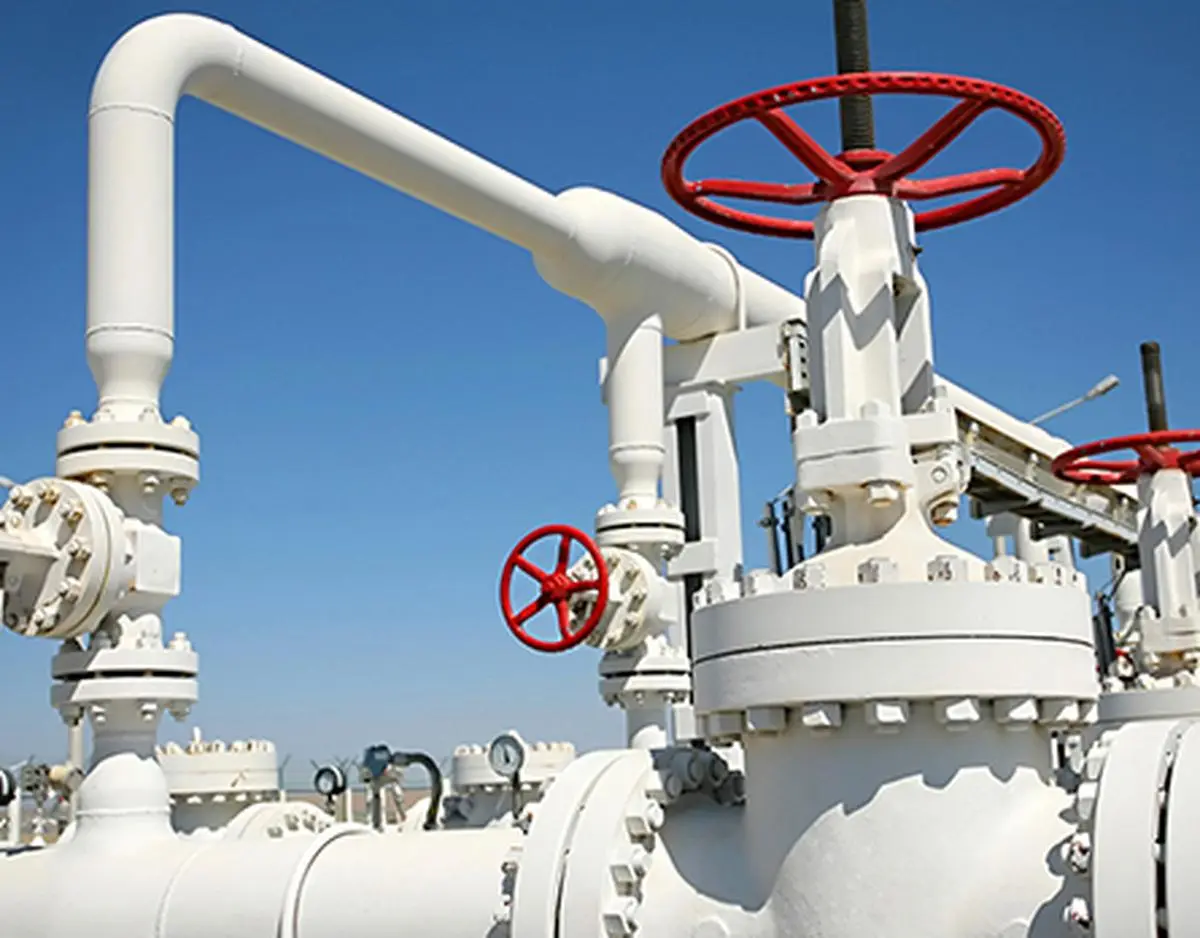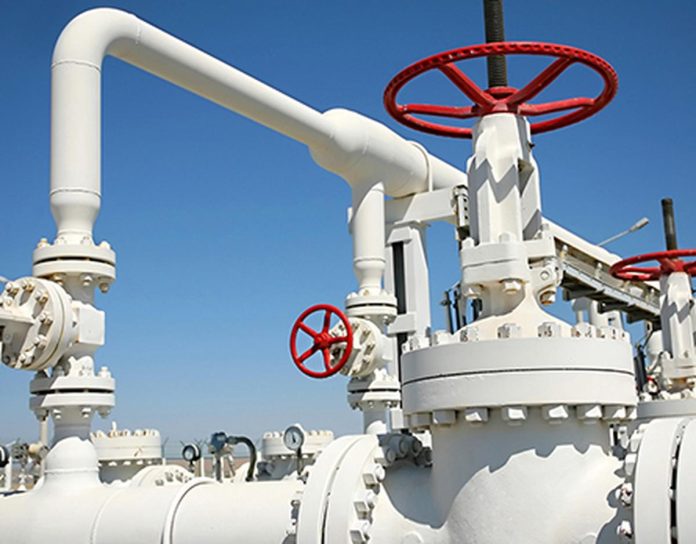

The Petroleum Natural Gas Regulatory Board (PNGRB) has amended regulations dealing with natural gas pipeline tariff, authorisation and capacity as it moves towards a unified tariff regime from FY24, and to fast track the laying of pipelines and related infrastructure.
“These amendments will act as stepping stones for implementation of unified tariff regulations which will be effective from April 1, 2023. To address the settlement issues for implementation of unified tariff, a industry committee has been constituted,” PNGRB said in a statement.
The regulator emphasised that the amendments are aimed at improving accessibility of natural gas in remote areas at competitive and affordable prices with the objective of one nation, one grid and one tariff.
ICICI Securities said, “The regulatory process, which has been stalled for the last two years due to lack of adequate quorum, has been restarted. Additionally, these measures also aim to encourage faster capacity expansion and completion of pending expansion projects by removing some disincentives.”
The key risks include delay in final tariff order, prolonged slump in gas demand and execution delays in new pipelines.
Amendments
“To simplify implementation of unified tariff, entity level integrated natural gas pipeline tariff has been introduced in the said regulations which will act as a building block for unified tariff at national level. Further to protect the overall interest of consumers in different regions, the number of unified tariff zones have been increased from two to three,” PNGRB said.
Key amendments include introduction of a more relaxed capacity ramp up, exemption of new capacity from tariff calculations for five years, system use gas (SUG) is now allowed in costs to the extent of around 0.1 per cent of volumes, application of new tax rates prospectively rather than retrospectively and annual tariff adjustments as needed.
Natural gas consumption
As per the US EIA, India’s natural gas demand rose every year since 2015, except for a 1 per cent decrease in 2020, to reach 2.3 trillion cubic feet (Tcf) in 2021.
India, the world’s fourth-largest LNG importer last year, imported about 1.2 Tcf LNG accounting for 7 per cent of global trade. Qatar was the primary source for imports with 42 per cent share, followed by the US (16 per cent) and the UAE (13 per cent). In 2022, India’s total regassification capacity was 1.9 Tcf with a 58 per cent utilisation rate, it added.
During the April-October period in FY23, India’s natural gas production rose marginally by 1 per cent Y-o-Y to 19,600 million standard cubic meters (MSCM), while imports declined by 11 per cent Y-o-Y to 16,876 MSCM. Gas available for sale during Octoberwas 4,789 MSCM — down by around 2 per cent Y-o-Y. Total consumption on a provisional basis stood at 4,702 MSCM.
The major consumers were fertiliser (37 per cent), CGD (20 per cent), power (13 per cent), refinery (5 per cent) and petrochemicals (2 per cent).
Natural gas infra
Around half of the country’s gas demand is sourced from KG-D6, Mumbai offshore, Cambay Basin, Ravva Offshore, KG Basin, Cauvery basin, while the remaining is imported as liquefied natural gas (LNG).
At present, natural gas across the country is supplied through three major pipelines by Gas Authority of India (GAIL), Reliance Gas Transportation Infrastructure (RGTIL)/ Reliance Gas Pipelines (RGPL) and Gujarat State Petronet (GSPL).
GAIL operates around 11,411 km of trunk pipelines, which accounts for 70 per cent of the country’s network. RGTIL and RGPL operate 1,784 km of pipelines constituting about 11 per cent of the pan-India network and GSPL has about 2,692 km of gas pipelines accounting for 16 per cent of the network.
SHARE
- Copy link
- Telegram
Published on November 25, 2022
el.parentNode == parent) if (filtered_divs[1]) { var newElement = document.createElement(‘div’); newElement.id = slotName; newElement.setAttribute(“class”, “dfp-ad element no-border hide-system”); filtered_divs[1].parentNode.insertBefore(newElement, filtered_divs[1].nextSibling) } } catch (err) { console.log(“ad error”) }googletag.cmd.push(function() { googletag.display(‘div-gpt-ad-1660731707267-0’); }); }}); ]]>
el.parentNode == parent) if (filtered_divs[4]) { var newElement = document.createElement(‘div’); newElement.id = slotName; newElement.setAttribute(“class”, “dfp-ad element bill-board-ad no-border py-2 mb-3 hide-mobile text-center”); filtered_divs[4].parentNode.insertBefore(newElement, filtered_divs[4].nextSibling) } } catch (err) { console.log(“ad error”) }googletag.cmd.push(function() { googletag.display(‘div-gpt-ad-1660731171391-0’); }); }}); ]]>
el.parentNode == parent) if (filtered_divs[4]) { var newElement = document.createElement(‘div’); newElement.id = slotName; newElement.setAttribute(“class”, “dfp-ad element no-border hide-system text-center”); filtered_divs[4].parentNode.insertBefore(newElement, filtered_divs[4].nextSibling) } } catch (err) { console.log(“ad error”) }googletag.cmd.push(function() { googletag.display(‘div-gpt-ad-1660731946557-0’); }); }}); ]]>

